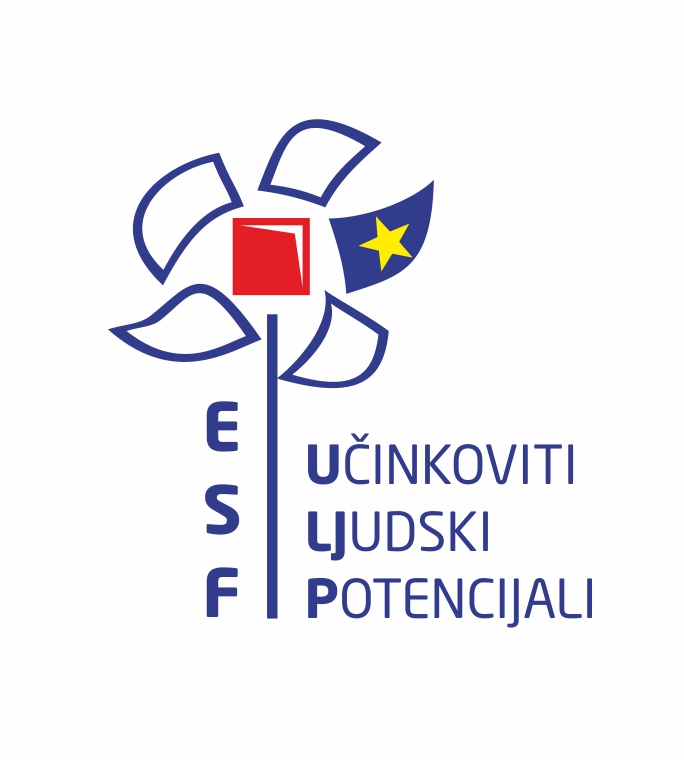FLEXIBASE is a research project supported by the “Research Cooperability“ Program of the Croatian Science Foundation funded by the European Union from the European Social Fund under the Operational Programme Efficient Human Resources 2014-2020.
Project leader: prof. Hrvoje Pandžić
Project co-leader: Damir Novosel, PhD
Total value of the project: 2.196.300,00 HRK
EU funding: 2.196.300,00 HRK
Duration: 1.10.2019. - 31.5.2023.
PROJECT SUMMARY
Integration of fast DC chargers for electric vehicles, battery energy storage, photovoltaics and DC loads results in microgrids with a large share of AC/DC power converters. The project focuses on control and protection algorithms in such microgrids, as well as on their interaction with the distribution system and market participants with the goal of monetizing the flexibility and controllability of the converter-based microgrids.
The first goal of this project is to develop algorithms for estimation and maximization of the available flexibility within a converter-based microgrid using the hierarchical control concept based on two levels. The upper control level minimizes the long-run operational costs, while the lower control level ensures feasibility of the technical constraints, i.e. microgrid stability both in on-grid and island operation. Application of this control concept is further enhanced with the second project goal, which is the algorithm for improved coordination of relay protection devices that enables microgrid operation closer to its stability limits based on measurements and historical data. Microgrid operation closer to its stability limits increases the available flexibility, which will be offered, in the third goal of this project, in energy and ancillary service markets to the market participants and system operators. The optimal market offering algorithm will be able to quantify the available flexibility within the microgrid considering its current operating point, future forecasts and coordinated operation of protection relays. Finally, since one of the main characteristics and advantages of microgrids in general is resilience to external faults, the fourth project goal is to develop a model of optimal operation model of a converter-based microgrid which can switch to the island operation at any time. All the developed algorithms will be tested and verified in an actual laboratory microgrid based on AC/DC converters.
The contribution of the project lies in individual model development but also in their integration and verification through dual testing, i.e. computer simulation and physical laboratory. Even though scientific and technical community invests significant efforts in microgrid related studies, none of the actual or past projects couple control and protection schemes with microgrid scheduling algorithms whose outputs are energy or flexibility bids. Furthermore, this project addresses the issue of microgrid resilience when designing the scheduling algorithms.
One of the impacts of the project is raising awareness about the environmental concerns and how important new approaches to the electricity grid will be to suit future needs and the challenges foreseen for the energy systems. It will also reach and inform the potential stakeholders about the scientific and technological achievements that are being developed.


 Pristupačnost
Pristupačnost


